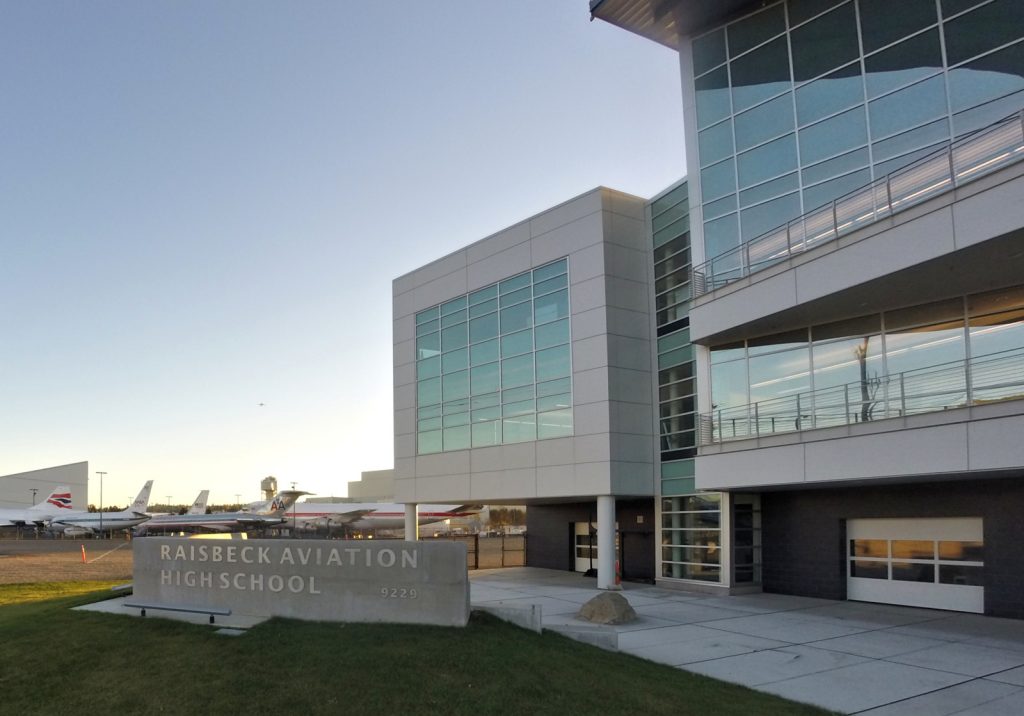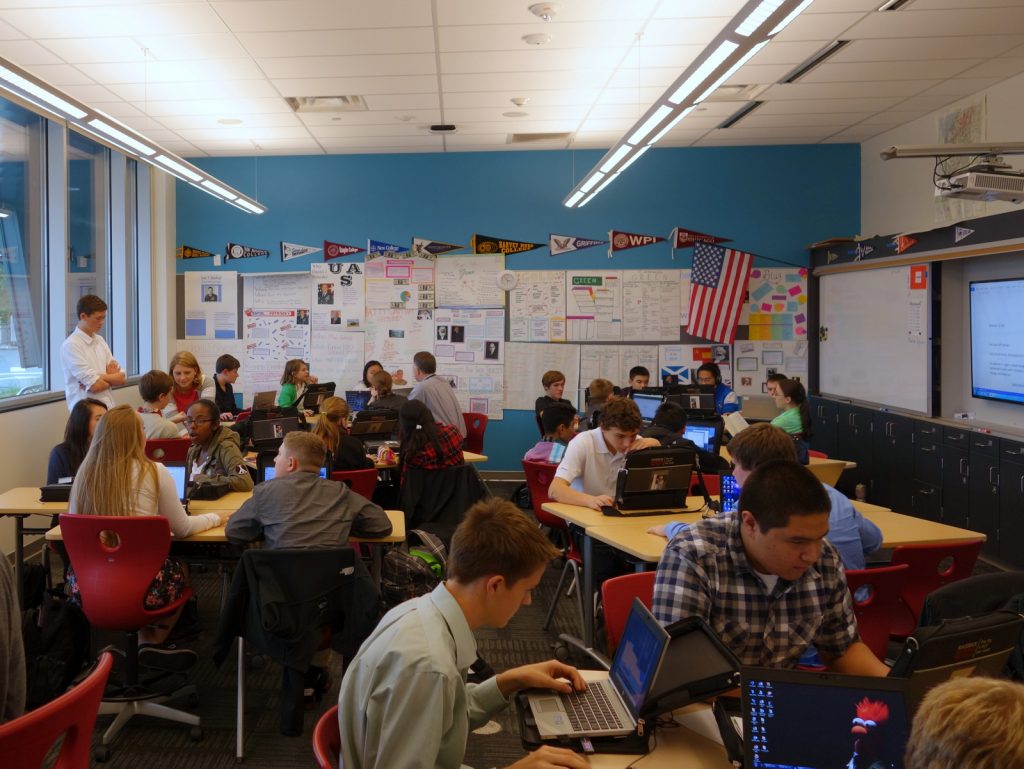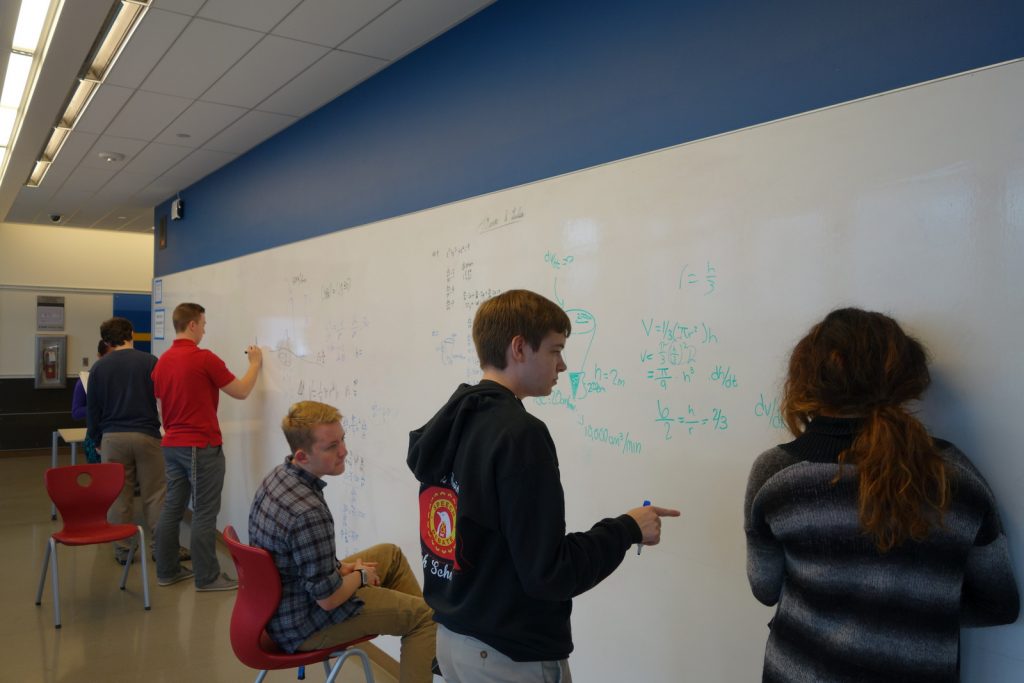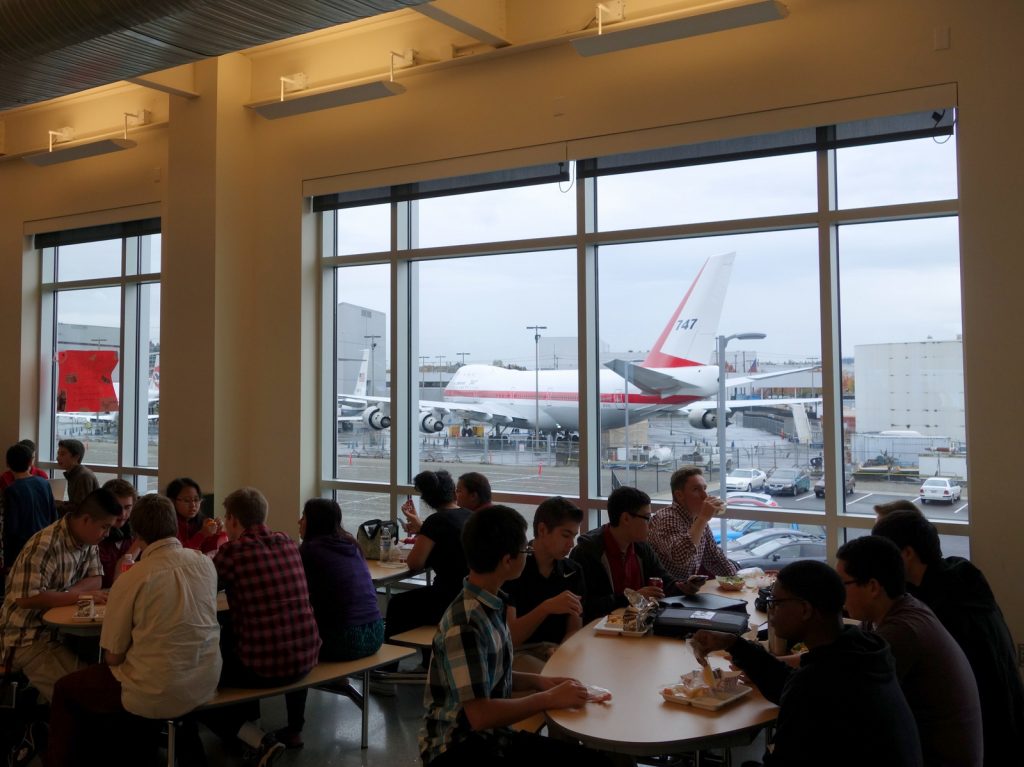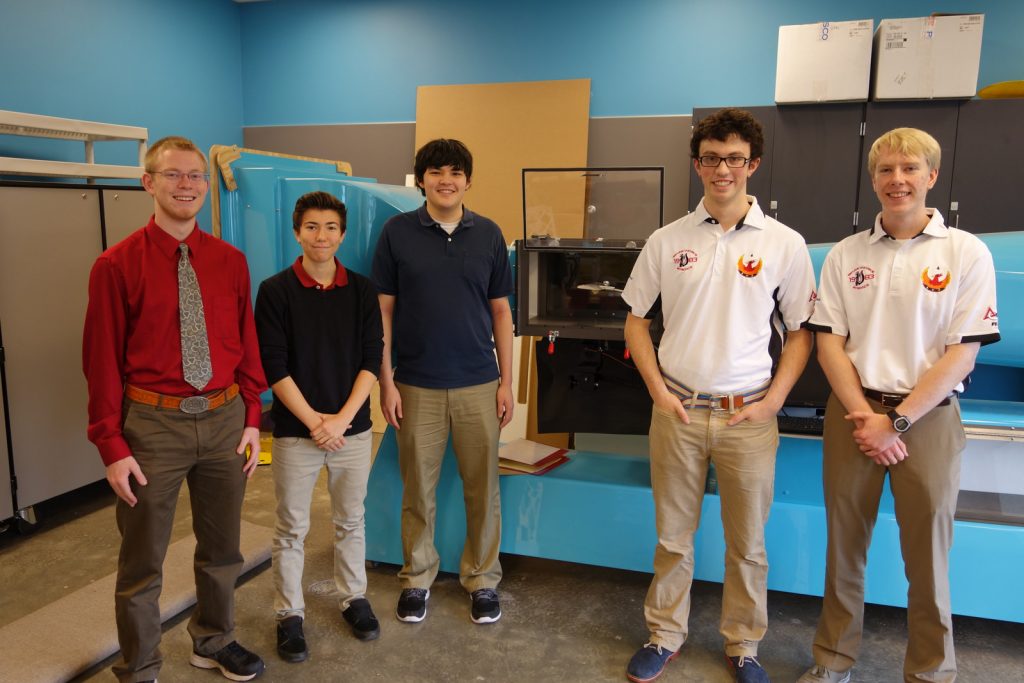Written for the Airline Passenger Experience Association
APEX Experience Magazine – Issue 5.1
In the early 2000s, professional educator Reba Gilman saw that students graduating from technical high schools weren’t fully prepared for the workforce. “Academic standards were increasing in step with industry standards. Some graduates didn’t know how to analyze and problem solve. I was concerned, and started looking at what we could do to make kids engage at an earlier level,” says Gilman.
Along with her team, she came up with a concept that blended the best in technical learning with high academic standards. Recognizing the needs of the region’s huge aerospace sector, she set out to create a school where aviation would be the context for learning. The new model was a “STEM” school (Science, Technology, Engineering, and Math) that was “focused on professional aviation careers, rather than on trades, because our technical colleges and skills centers do a marvelous job of training,” says Gilman.
After receiving funding from the Bill & Melinda Gates Foundation, the Aviation High School opened in 2004 in its first temporary quarters, with a freshman class of 100 students. Gilman became the school’s first principal and led the drive to find a permanent home. “It took us almost a decade to get the funding,” she says. $43.5 million was raised from public and private sectors, including the State of Washington, the Port of Seattle, Boeing, and Alaska Airlines. Recognizing the major contribution of Sherry and James Raisbeck of Seattle’s Raisbeck Engineering, the new school opened in fall 2013 and was renamed Raisbeck Aviation High School (RAHS).
NEW SCHOOL ORDER
RAHS is located at Boeing Field, surrounded by more than 200 aerospace companies and next door to the world-renowned Museum of Flight. Building on a long-standing partnership, RAHS augments the museum’s successful educational programs. RAHS is operated by the Highline Public Schools district, and is open to all students, without tuition fees. It’s in demand: Last year, 366 grade 8 students applied for RAHS’s 105 freshman slots.
“The application process is like applying to college. I’m looking for a self-directed interest that’s aligned to aviation and aerospace. It might be, ‘In fourth grade, I started folding paper airplanes,’” says current Principal Bruce Kelly. Prospective students are interviewed by a panel of RAHS staff and students. “Students commit to apply to two colleges in their senior year, and parents must volunteer 10 hours a year. We’re not just here to know the student, but to know the family,” he adds.
CURRICULUM VITAE
The successful students enter a learning environment that’s highly collaborative, and has extensive mentorship and internship programs. They’re given a laptop to use during their four years at RAHS, and then dive into the aviation-themed curriculum. “Freshmen don’t take English, they take ‘Aviation English.’ They read about pilots and write essays dealing with aerospace. Ninth grade science isn’t called ‘Ninth Grade Science,’ it’s called ‘The Physical Science and The Physics of Flight,’” says Kelly.
RAHS is still a high school, with courses that meet state standards and requirements. Marcie Wombold is one of two founding teachers still at RAHS, and helped develop the humanities curriculum. “I loved the idea of learning why people write, why they think, and how these things are related to each other. When we designed the curriculum, we blended our social studies and English program into one core humanities curriculum,” says Wombold.
“Students learn very quickly how to communicate ideas through speaking and writing, and that it’s a necessary skill for being a scientific leader,” she adds. Nikhil Joshi is RAHS’s math teacher. “I came to this school because there’s a theme, there’s a context. How I teach it in my classroom is left to me. I’m given the trust to do what I think is best,” says Joshi.
A PROJECT APPROACH
There’s an intense focus on project-based learning, designed to represent authentic workplace challenges. Juniors and seniors use the school’s wind tunnel to design, build and test airfoils. Sophomores have an “Airport Environmental Challenge,” based on a current issue at Sea-Tac Airport. And freshmen have to come up with a shock- and thermal-protection system for a chocolate bunny.
The projects are iterative, with students first working solo, then as a team. They present their projects to their class, and then face a panel made up of industry experts. “They have to articulate and defend their learning to professionals. Occasionally, the students do so well that they’re told, ‘If you want a job, call me,’ ” says Kelly.
In describing her presentation experiences, senior Sophia Cassam says, “It’s nerve-racking at first, but it’s fun, and empowering. When these adults take you seriously, it gives you confidence, and you can take yourself seriously.” Cassam’s team won her grade’s Airport Environmental Challenge project, which prompted her to apply for an internship with the Port of Seattle. “I’m hoping to go to Cal Poly to study environmental engineering, and I’d love to work at Sea-Tac,” she says.
GOING UP
All of the students at RAHS get their own business cards, and learn important skills in “Aviation Careers,” a freshman course. “We talk about how to shake someone’s hand, and what it means to look someone in the eye. If they meet a VIP, we make sure they’re prepared with their ‘elevator speech,’ and can talk about themselves, and their career and college plans,” says Joshi.
Freshman Sameer Romani’s ultimate goal is “to be an airline pilot, for Emirates.” Although Romani has only been at RAHS for a few months, he’s clear about what makes the school special: “Everybody here is so passionate. The experience we get puts us ahead of other students of our age. I believe that our level of respect and maturity is at a higher standard than students at other high schools.”
TEAM WORK
RAHS doesn’t have a football team or a marching band, but it has a robotics team and an Ultimate Frisbee team. Students go to schools in their home district for required physical education credits, and the focus on aviation flows through to their weekends. “Instead of watching football, you’re at the end of the runway at Boeing Field, plane spotting,” says Romani. Students at RAHS are the first to admit that they “celebrate their geekiness.” Nikhil Joshi smiles and says, “They’re a delightful bunch – yah, they’re dorky, and they do goofy things.” Dorky or not, a remarkable 96% of last year’s graduating students went on to college or university.
As well as being recognized for superior academic standards, RAHS is also the first school chosen in the state’s Lighthouse Education Initiative. If all goes according to plan, RAHS will soon be a model for other schools using the contextual curriculum model. In her new role as Lighthouse’s executive director, Reba Gilman is promoting the model to other school districts. “It doesn’t have to be aviation. It can be green technology or arts, or whatever works for a community. All can use the same practices,” says Gilman.
